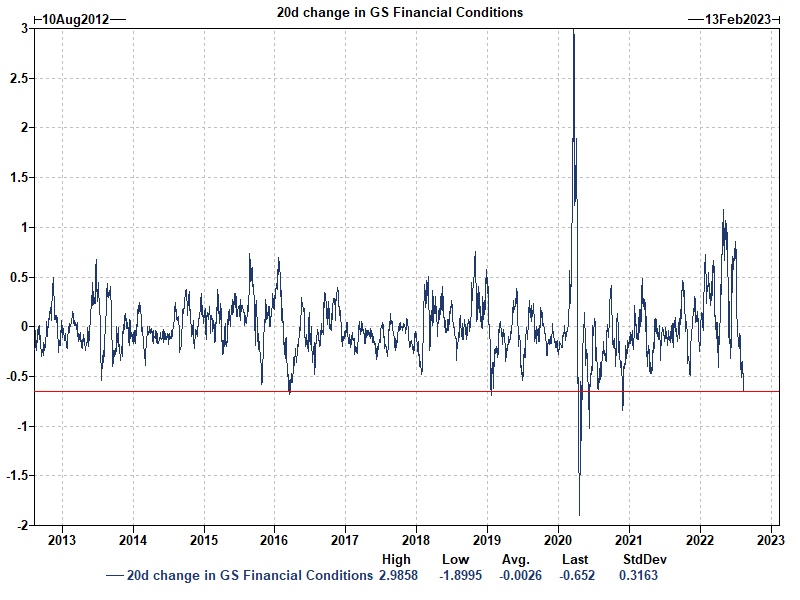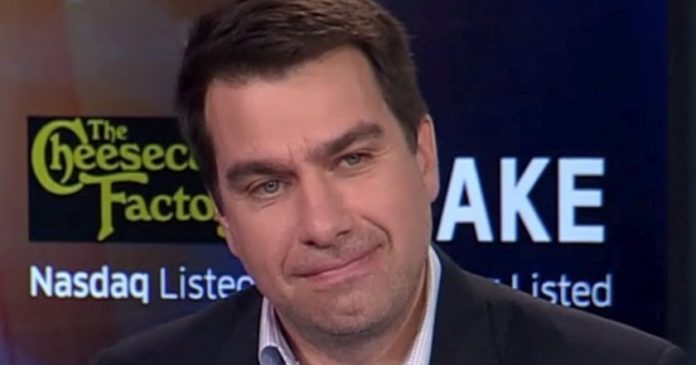Stocks traded flat this morning as investors mulled over the July FOMC minutes, released yesterday afternoon. The Dow, S&P, and Nasdaq Composite all opened higher but gave up the majority of their gains.
The FOMC minutes showed that the Fed still recognizes that inflation must be defeated with continued rate hikes, but that FOMC participants acknowledge the slowing US economy.
This made the minutes simultaneously bullish and bearish. Because of this, stocks were mostly unaffected by their release. Bulls were hoping for a clear sign that the Fed had pivoted to a more dovish monetary policy.
There was one statement in the minutes suggesting that may be the case.
“Participants noted that the Committee’s credibility with regard to bringing inflation back to the 2 percent objective, together with its forceful policy actions and communications, had already contributed to a notable tightening of financial conditions that would likely help reduce inflation pressures by restraining aggregate demand,” the minutes read.
In other words, the Fed is saying that it’s already done quite a bit of tightening and may not need to apply much more pressure.
There’s plenty of data showing that monetary policy hasn’t really changed all that much over the last year. Free-flowing cash in the US remains very high and, according to the latest Goldman Sachs Financial Conditions reading, monetary policy has actually eased dramatically over the last 20 days.

Low Financial Conditions Index readings indicate loose monetary policy.
Regardless, many on Wall Street think that the Fed won’t alter its rate hike schedule.
“We’re in the camp that the Fed is not going to pivot,” said Wells Fargo Investment Institute strategist Scott Wren.
“The minutes didn’t make us change our mind at all. We think a 75 basis point hike is likely in September, and we’ll see more hikes at the end of the year […] we think the market is a little lofty right here.”
JPMorgan strategist Marko Kolanovic, who has remained relentlessly bullish despite this year’s bear market, believes that the market isn’t “lofty” in the slightest. Kolanovic says that the S&P should hit 4,800 by year’s end, bringing the index to a new all-time high.
“While this was an out of consensus view, we are again out of consensus and maintain that inflation will resolve on its own as distortions fade,” he said in a note to clients.
Kolanovic continued, adding that dip buying “yielded positive returns and has worked better, than e.g. suggestions to stay out of the market and start ‘nibbling’ at 3500 or 3300, levels that have not been reached.”
Really, Kolanovic is confirming what most short-term traders already know:
Actively trading beats the heck out of buy-and-hold (and hope) investing in a bear market. Also, he’s right in that picking far-away price targets as “buy zones” is typically a fool’s errand.
Simply following the market’s trend is a far easier and more effective strategy.
Kolanovic is probably going overboard by predicting record highs by the end of the year, but can you blame him? Bulls have shown time and time again that they can remain irrationally optimistic longer than bears can remain solvent.
And that may lead stocks to new heights by 2023, even if stocks do end up selling off fiercely several times before then.








